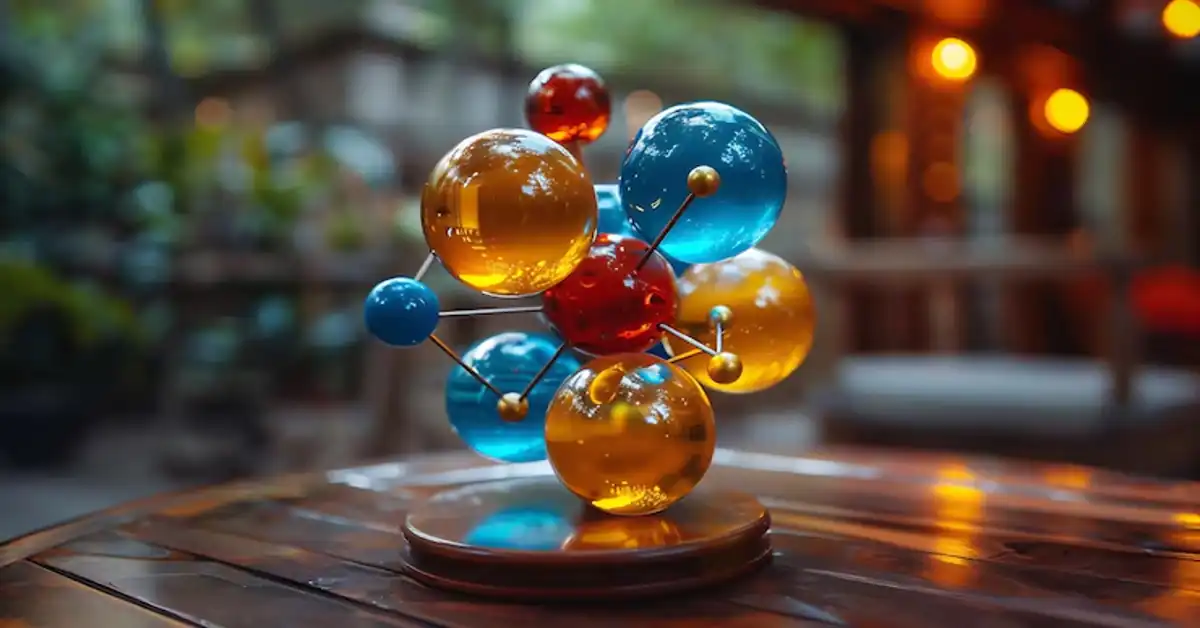Understanding HCOOCH CH₂ H₂O: Structure, Properties, and Applications
Chemical compounds form the basis of countless innovations in industry, medicine, and research. Among these compounds, HCOOCH CH₂ H₂O is particularly interesting because of its structural composition and its potential applications across various fields. While its formula might seem like just a cluster of letters and numbers, it actually represents a combination of a formate ester, a methylene group, and water — each component bringing unique properties that contribute to the compound’s behavior.
In this article, we’ll explore what HCOOCH CH₂ H₂O is, break down its structural elements, discuss its chemical characteristics, look at how it can be synthesized, and examine its industrial and research uses.
Breaking Down the Chemical Formula
To understand HCOOCH CH₂ H₂O, we must first unpack each part of its formula.
- HCOOCH – This portion represents a formate ester group. Formate esters are organic compounds derived from formic acid, where the hydrogen of the hydroxyl group is replaced with an alkyl or aryl group. They are known for their reactive nature and use in various synthesis reactions.
- CH₂ – This is a methylene group, a simple but highly reactive hydrocarbon unit that can link different functional groups together or serve as a building block in polymerization.
- H₂O – Plainly, water. In this context, the water molecule may indicate a hydrated form of the compound or that it exists in an aqueous environment.
By combining these three, HCOOCH CH₂ H₂O likely exists as a functional molecule with both organic and inorganic characteristics, allowing it to participate in unique chemical reactions.
Physical and Chemical Properties
The properties of HCOOCH CH₂ H₂O can vary depending on the exact structural arrangement and whether it exists as a pure compound, in solution, or as part of a reaction mixture. However, some expected characteristics include:
- Physical State – It may appear as a clear or slightly yellow liquid, especially if in ester form with hydration.
- Odor – Formate esters sometimes have a mild, fruity odor due to their volatile nature.
- Solubility – Thanks to the H₂O component and polar ester group, it is likely soluble in water and polar organic solvents.
- Boiling and Melting Points – These will depend heavily on the molecular weight and intermolecular interactions, but hydrated esters often have moderate boiling points.
- Reactivity – The methylene group (CH₂) increases reactivity, making the compound potentially useful in synthesis and modification reactions.
How HCOOCH CH₂ H₂O is Synthesized
Synthesizing a compound like HCOOCH CH₂ H₂O generally involves:
- Formate Ester Formation – This can be achieved by reacting formic acid with an alcohol under acidic conditions, producing the ester group (HCOOCH).
- Methylene Group Introduction – The methylene group can be added through alkylation reactions or through the use of methylene halides in the presence of a base.
- Hydration – The water molecule may be introduced either through deliberate hydration steps or as part of the reaction solvent, giving the compound its aqueous form.
Careful control of temperature, pH, and catalysts ensures the correct structure is obtained without unwanted side products.
Applications Across Industries
Because of its versatile structure, HCOOCH CH₂ H₂O can have uses in multiple fields:
1 Organic Synthesis
The combination of an ester and a methylene group allows this compound to serve as an intermediate in organic synthesis. It can be used to produce more complex esters, alcohols, or acids depending on reaction conditions.
2 Polymer Chemistry
Methylene groups are important in polymerization processes. When combined with esters, they can contribute to the formation of specialized resins, coatings, and adhesives with unique mechanical properties.
3 Pharmaceutical Research
The ester functionality may allow the compound to act as a precursor for active pharmaceutical ingredients (APIs). Hydrated ester compounds sometimes serve as prodrugs, where the ester is cleaved in the body to release the active form.
4 Industrial Solvents
Formate esters can dissolve certain polymers, resins, and oils, making HCOOCH CH₂ H₂O a candidate for niche solvent applications in manufacturing.
Safety Considerations
As with any chemical compound, proper handling and safety measures are crucial:
- Ventilation – If volatile, use in a well-ventilated space to avoid inhaling vapors.
- Protective Equipment – Gloves, goggles, and lab coats should be worn.
- Storage – Keep in tightly sealed containers away from strong acids or bases to prevent degradation.
- Disposal – Follow local chemical waste disposal regulations to minimize environmental impact.
Future Potential and Research Directions
Researchers are continually finding innovative uses for ester-based compounds. For HCOOCH CH₂ H₂O, future studies may explore:
- Green Chemistry Applications – Finding eco-friendly synthesis routes that use less energy and fewer toxic reagents.
- Biodegradable Materials – Combining ester and methylene functionalities to produce materials that degrade naturally.
- Catalytic Reactions – Leveraging the reactive CH₂ group in catalytic transformations for cleaner industrial processes.
Conclusion
While HCOOCH CH₂ H₂O may appear to be just another chemical formula, it represents a compound with fascinating properties and versatile potential. By bringing together a formate ester, a methylene group, and water, this molecule opens doors to applications in synthesis, manufacturing, and possibly even pharmaceuticals.
Understanding its composition, properties, and safety considerations is the first step toward unlocking its full potential in science and industry. As research continues, we may see HCOOCH CH₂ H₂O becoming a valuable tool in developing cleaner, more efficient, and more sustainable chemical solutions.





